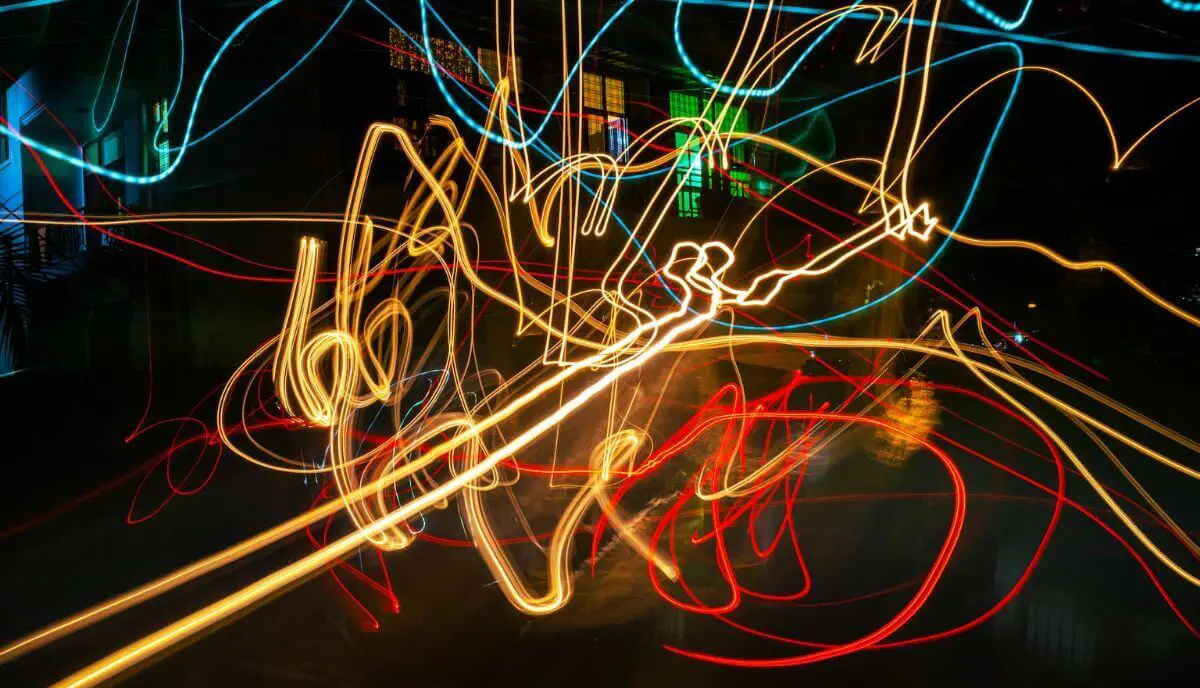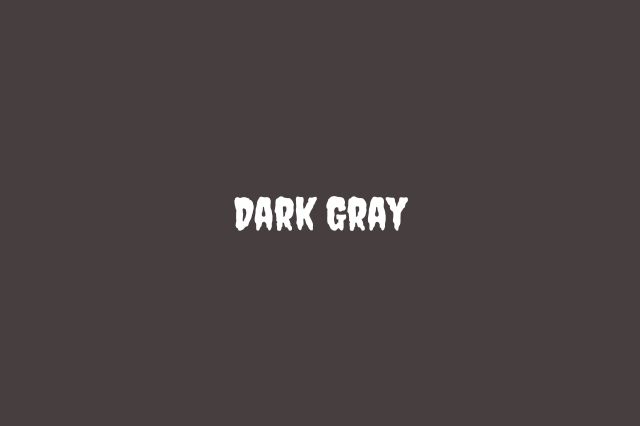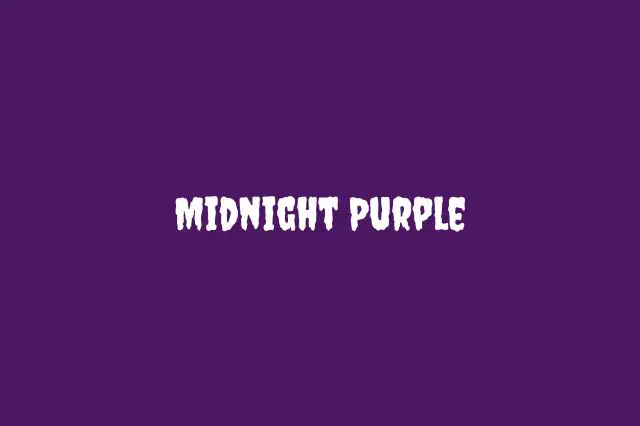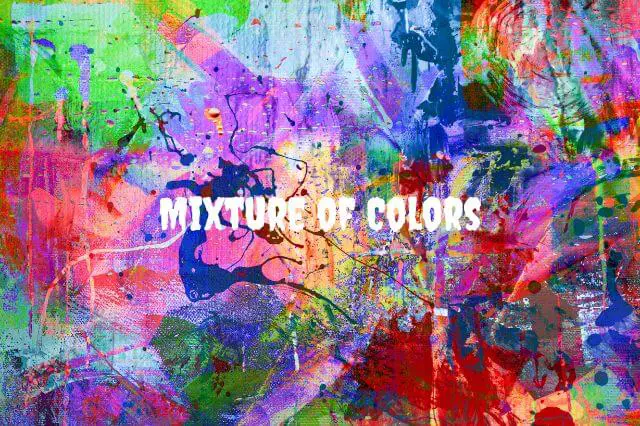Consider this: while colors brighten our lives, they also have the unique ability to depict the various facets of chaos.
The multicolored chaos of a bustling city street, the structured chaos of a brainstorming session, or the unstructured chaos of a natural disaster – each scenario is vividly painted with colors that resonate with the energy of disruption and transformation.
In this article, we’ll explore the intriguing relationship between colors and chaos, delving into how different hues capture and represent the essence of chaos in our world.
5 Colors That Represent Chaos

Red

Think about red in your daily life. You see a stop sign or a flashing red light. Instantly, you’re alert. This is red in action, demanding your attention, breaking the flow of your routine.
In history, red has symbolized chaos and revolution. Consider the red flags in political upheavals, a vivid signal of change and disorder. In nature, red is the color of a blood moon, an eerie, unsettling sight that disrupts the night sky’s usual tranquility.
In art, red captures your eye first. It’s used to create focus, but also to unsettle. Look at Edvard Munch’s “The Scream.” The swirling red sky creates a sense of unease, of a world turned upside down.
In literature, red often signals danger or a turning point. Think of the red apple in Snow White – a symbol of deceptive allure leading to chaos.
In your life, red might show up in less dramatic ways, but its impact remains. A red notification on your phone can disrupt a calm moment. A sudden flash of red in someone’s cheeks can signal a shift in emotion.
Related: Colors That Represent Fear
Dark Orange

Orange is chaos’s lively ambassador. In nature, orange is the color of wildfire. Unpredictable, wild, it reshapes landscapes in its wake. This is chaos in its raw form – untamed and relentless.
In autumn, orange leaves signal a shift from summer’s predictability to winter’s uncertainty. It’s nature’s own way of showing change, of embracing chaos.
In our celebrations, orange stands out. Picture a bustling street festival, bursting with orange. It’s the color of energy, of unscripted joy. Here, orange embodies the spirit of chaos – vibrant, unpredictable, full of life.
In sports, teams wearing orange often seem more dynamic, more daring. It’s as if the color itself injects a sense of bold unpredictability into the game.
Dark Gray

Now, picture dark gray in the world around you. It’s the color of storm clouds gathering on a previously clear day. This shift from blue skies to dark gray signals a change, a brewing storm. It’s a visual cue of impending chaos, where calm is about to be disrupted by nature’s unpredictable fury.
In urban settings, dark gray often appears in the concrete of the cityscape. It can give a sense of heaviness, of looming uncertainty amidst the hustle of city life. This color embodies the tension that exists just beneath the surface of our daily routines, hinting at the potential for unexpected disruptions.
In film and literature, dark gray sets the mood for suspense. It’s the backdrop for scenes where tension is high, and something is about to shift dramatically.
Dark gray isn’t only a color that represents chaos; it’s a subtle warning of it. It’s the color that says, “Be ready, change is coming.”
Midnight Purple

This color is like the night sky just before it turns completely dark. Midnight purple captures the moment of transition, where the known meets the unknown. It’s the visual representation of the mysterious aspect of chaos, where what’s next is hidden in the shadows.
In art and culture, midnight purple often symbolizes depth and mystery. It’s used to convey the sense of something deeper, more profound than meets the eye.
Think of a painting where shadows and light play in shades of deep purple, suggesting a hidden layer of meaning, a chaos that’s not immediately apparent but lurks beneath the surface.
In nature, midnight purple can be seen in the depths of the ocean, a place teeming with life yet chaotic in its unexplored vastness. It’s a color that suggests a world beyond our understanding, a reminder of the vast and untamed chaos that exists beyond the reach of human control.
Mixture of Colors

Lastly, picture the chaos in multicolor, a clash of hues without harmony. This is not the orderly spectrum of a rainbow; it’s a visual cacophony, a riotous explosion of colors without rules or coherence.
In urban environments, you might see this in graffiti-covered walls, where colors are layered and jumbled, each artist’s work overlapping another’s. It’s a visual tumult, a chaotic blend of intentions and expressions that defy any sense of order or harmony.
In the realm of digital media, think of a glitch on a screen, where pixels of every color burst out in random patterns. It’s a digital chaos, a breakdown of order that results in a surprising array of colors, each one disconnected from the image it was supposed to form.
Understanding the Spectrum of Chaos
Chaos is a complex and multifaceted concept, manifesting in various forms and intensities. While often seen negatively due to its disruptive nature, chaos is crucial in driving change and fostering creativity.
Types of Chaos:
- Structured Chaos:
- Definition: A form of chaos that appears disordered but follows underlying patterns or rules.
- Example: Brainstorming sessions in business, where free-flowing ideas lead to innovative solutions.
- Outcome: Can lead to creative breakthroughs and innovative solutions.
- Unstructured Chaos:
- Definition: Completely random chaos without discernible patterns or order.
- Example: Natural disasters, where unpredictability creates extreme disorder.
- Outcome: Often leads to confusion, stress, and a sense of loss of control.
Impact on Society and Individuals:
- Stimulating Creativity and Progress: In some cases, chaos can push individuals or societies to adapt and innovate.
- Causing Anxiety and Loss of Control: Particularly with unstructured chaos, it can lead to significant stress and disorientation.
- Perception and Management: The way chaos is perceived and managed greatly affects its outcomes.
The Transformative Power of Chaos:
- Breaking Stagnation: Essential for challenging the status quo and compelling growth and adaptation.
- In Nature: Ecological chaos can lead to a more diverse and resilient ecosystem.
- In Human Society: Periods of social or political chaos can be challenging but pave the way for significant reforms and advancements.